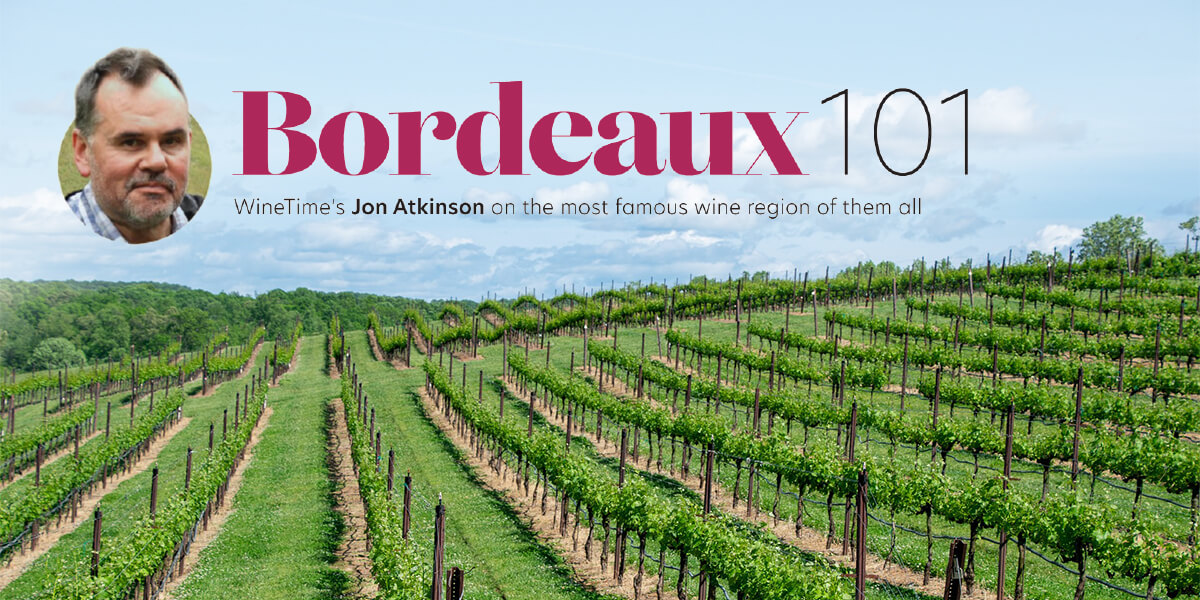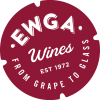The most famous wine region of them all…
This is Bordeaux in South-West France in case you were wondering! Yes, the home of ‘Claret’ is where some of the most desirable (and subsequently expensive) wines are to be found. It’s easy to assume that the ‘classed growths’ as ordained in the 1855 classification is what it is all about and for sure, there are dozens of venerable properties following on the coattails of the ‘big five’ – Chateaux Haut Brion, Lafite, Latour, Margaux and Mouton-Rothschild along with a hand full of stellar properties on the ‘Right Bank’ such as Cheval Blanc and Pétrus. It’s easy to get sucked into the intrigue and mystique when you will have to shell out north of £3k for a single bottle of 1982 Ch. Lafite, however, these ‘investment grade’ wines only represent a tiny proportion of the region’s output. For most of us mere mortals, Bordeaux has plenty of delicious wine to offer at considerably more modest prices!
Something for everyone!…
As a region, Bordeaux (as is often the case with Rioja) is frequently regarded as synonymous with red wine, however, there are excellent whites and Rosés made here as well, so something for everyone! What is interesting is that the vast majority of wines here are blends featuring two or more different grape varieties – monovarietal reds are unusual here. Merlot is the most widely planted variety and the majority of reds will also use Cabernet Sauvignon and Cabernet Franc. Malbec and Petit Verdot are also grown but usually only make up a small proportion of the blend. Whites are less complicated with only Sauvignon Blanc, Sémillon and Muscadelle with the former increasingly popular on its own, while the latter is really only used in sweet wines.
Left or right bank?…
Many observers speak in terms of the left and right banks when trying to differentiate the differing styles of Bordeaux. Although simplistic, this geographical distinction does carry some weight. Bordeaux as a region is on the southern West coast of France. The city of Bordeaux (which is definitely worth a visit, btw) is found on the left bank of the Garonne River which feeds the Gironde Estuary, as does the Dordogne River, essentially looking like an inverted letter ‘Y’! The vineyards to the West of the Garonne and Gironde fall under the banner of Médoc including Graves and tend to feature more Cabernet Sauvignon. All the wines outlined in the aforementioned 1855 classification are found on the left bank.
Which varieties hold sway?…
The right bank refers to the Dordogne River and its vineyards are found on the northern side with the big names here being Saint-Émilion and Pomerol whose top wines can sell for eye-watering sums. Better value is found in the so-called ‘satellite’ Appellations such as Lalande de Pomerol, Côtes de Castillon and Montagne Saint-Émilion. Whereas Cabernet Sauvignon holds sway on the left bank, here it is Merlot and Cabernet Franc that hold sway. It is a generalisation, but the wines here tend to be softer, fleshier and more approachable in youth. In case you were wondering, the area in between the Garonne and Dordogne is Entre Deux Mers and is where the majority of white wines are grown.
It really isn’t possible to do full justice to this powerhouse of a wine region, the largest in France producing close on 900 000 000 bottles a year in just one piece, but this will hopefully whet your appetites!
So, on to some recommendations…
Ch. Astrelus Bordeaux 2015 – Bordeaux, France
We have been importing from Vignobles Dean for several years now and continue to be impressed by the fruits of their endeavours. Originally from Chorley in Lancashire, the Dean family upped sticks and moved to their 7-hectare property at Cazaugitat about 30km South and slightly East of Saint-Émilion. Their well-established vineyard is 60% Merlot and 40% Cabernet Sauvignon which are farmed sustainably with a view to gaining organic certification in the near future. The delightful 2015 is fairly mature, although still youthful in appearance. It is brimming with attractive dark fruit character with hints of liquorice and tobacco and does benefit from decanting before drinking.
Ch. Haut-Mouleyre Bordeaux Sauvignon 2019 – Bordeaux, France
Grown on South & South-West facing slopes at Escoussans near Cadillac on the right bank of the Garonne, this is a delicious blend of 80% Sauvignon Blanc with 20% Sémillon. It is impressively fruit-driven in style with gooseberry, citrus & passionfruit aromas with hints of white flowers. On the palate, the Sémillon lends weight, structure and a lovely tanginess on the finish. Awarded the prestigious ‘Coup de Coeur’ in the highly regarded Guide Hachette this is delicious as a ‘drink alone’ aperitif in a more stimulating style than many a Marlborough Sauvignon, but equally comfortable with food, particularly grilled trout and shellfish.
Ch. Tour Haut-Vignoble Saint-Estèphe 2016 – Bordeaux, France
Saint-Estèphe is the most northerly of the so-called ‘big four’ Appellations of the ‘Left Bank’ (of the Gironde Estuary), and although it is the only one that isn’t home to a Premier Grand Cru Classé, it does tend to offer comparatively good value compared to Pauillac, Margaux and Saint-Julien. The vineyard here faces the Estuary and the climate benefits from the moderating maritime influence on temperatures. This small, 6.5ha property to the north of Saint-Estèphe has been owned by the Braquessac family since 1860. They craft a serious, well-structured, savoury red with dark cherry fruit infused with earthy notes predominantly from Cabernet Sauvignon & Merlot aged for 14 months in oak barrels.
If you are interested in any of the aforementioned wines or would like to discuss your wine requirements with our wonderful team, simply email [email protected] or give us a call on 01524 737 100.



